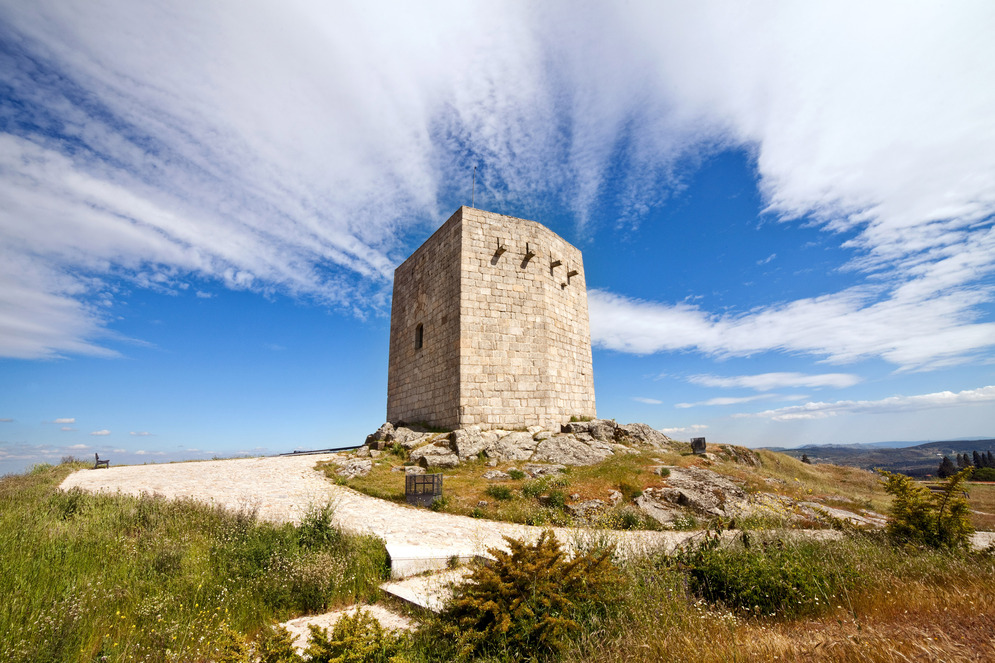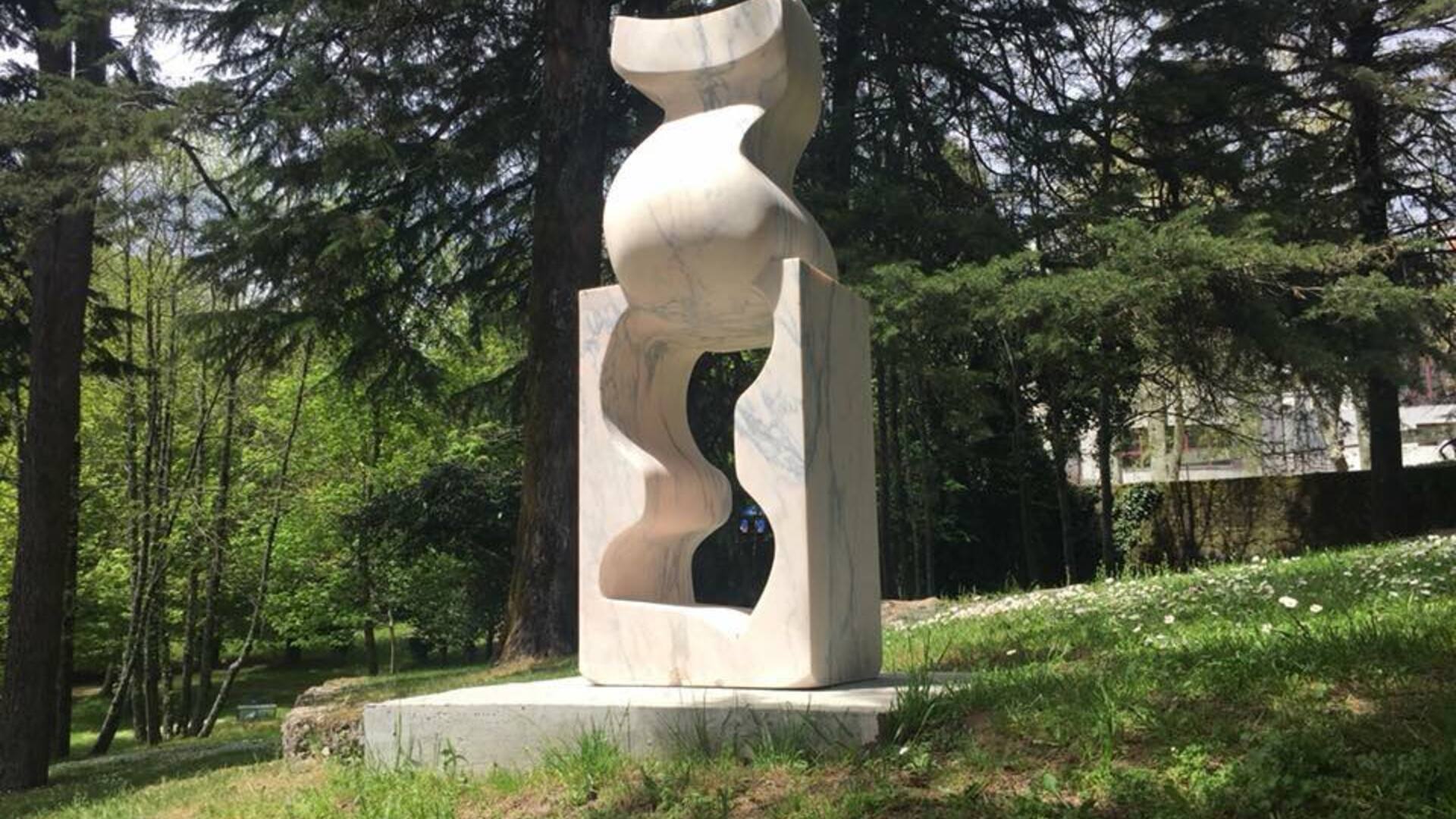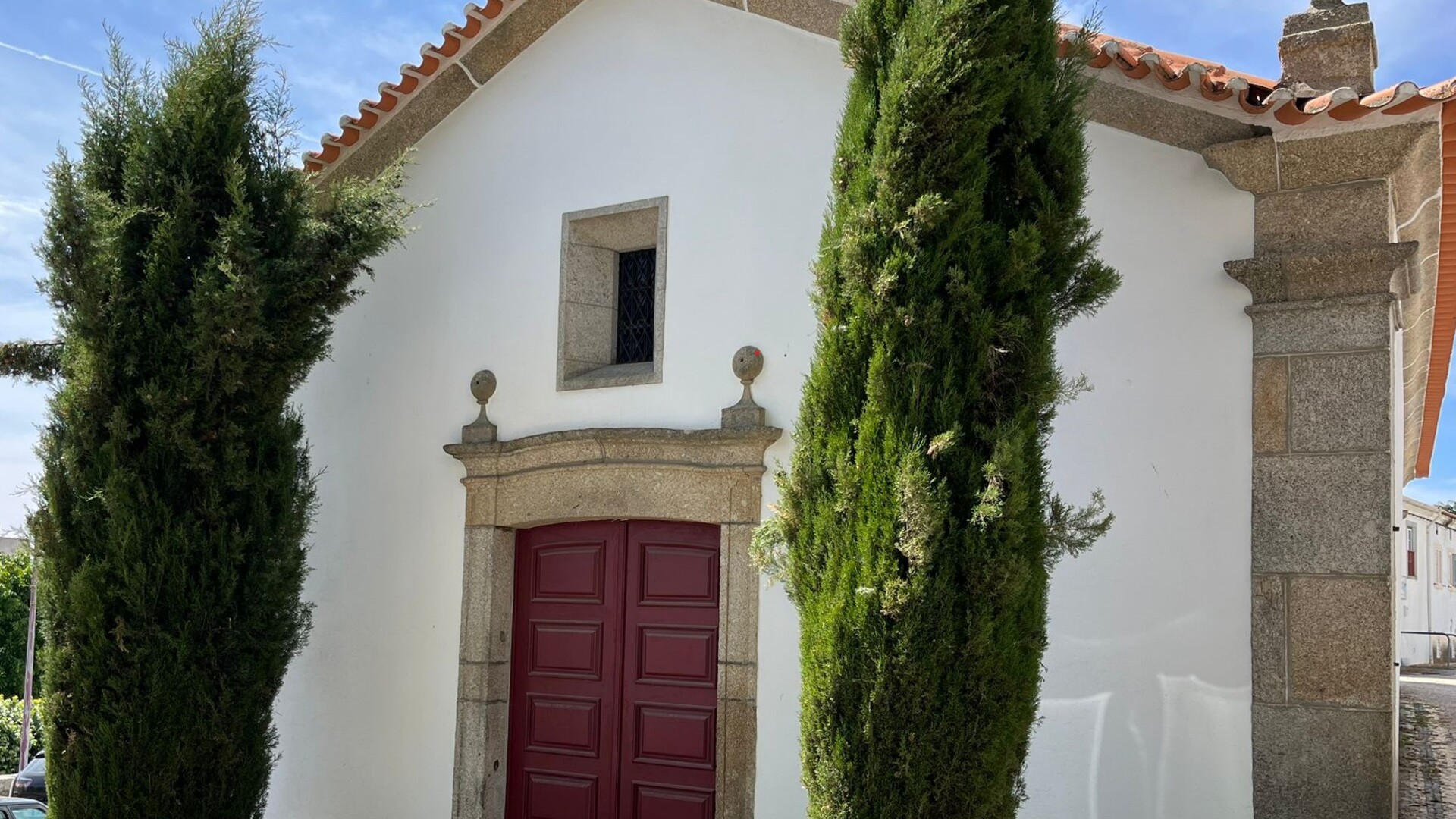Situated at the highest point in the city of Guarda, at 1056,3 meters of altitude, the Watchtower provides a stunning 360° view of the city and the entire surrounding region.

About
Phone
271 205 530
Website
Address
R. Dona Maria Luísa Godinho
, Guarda
6300-758
Guarda
GPS coordinates
40.53753,-7.27147
ServicesWi-Fi Gratuito
In the context of the advance of the Christian Reconquest and the creation of the various Christian peninsular kingdoms, a broad process of revival of old cities and towns began, that the struggles of the first centuries of the Reconquest had turned decadent, semiabandoned and ruined in the centre of isolated territories and, simultaneously, a broad process of creation of fortified cities and towns. The creation of the City of Guarda and the granting of its Foral by King Sancho I, on November, 27th 1199, demanded the construction of a primitive Romanesque castle. The so-called Old Tower, which constituted its Watchtower, in the northern part of the city, is the only remaining part of the former castle. With the architectural and military reforms of the following centuries, the Old Tower would be integrated and incorporated into the walls erected under the new defensive system in the second half of the 13th century. At that time, the current Watchtower was built at 1056 mt altitude. This tower was integrated in a military and residential structure called Alcáçova (Citadel), which was basically a fortified palace where the general captain and his family lived, and the military garrison was kept, depending on the political-military circumstances, the times and the resources available. From the top of the Watchtower other fortifications such as the ones of Trancoso and Pinhel can be seen; the village of Jarmelo can also be seen and the view stretches to the borderlands, far beyond the Côa River. The Gothic Citadel was the heart of the modern defensive system of the city. This system included vast walls that, starting from the Citadel, located in the city's highest point, surrounded and housed the houses, palaces and churches of the medieval village, adapting to the level curves. As in all the fortified medieval cities and towns, the walls were cyclically torn by monumental doors, strategically located in the paths of the direct contact with the outside: with Covilhã and, above all, with Castela, via Almeida and Celorico and, from here, with the legendary Estrada da Beira, one of the great roads of Portugal of the Middle Ages that, from Celorico led to Coimbra and Lisbon. The remaining doors of the medieval walls are the following: Porta da Erva, Porta d’El Rei and Porta dos Ferreiros, this one protected by an imposing tower.
Visitar Facebook Visit Tripadvisor

